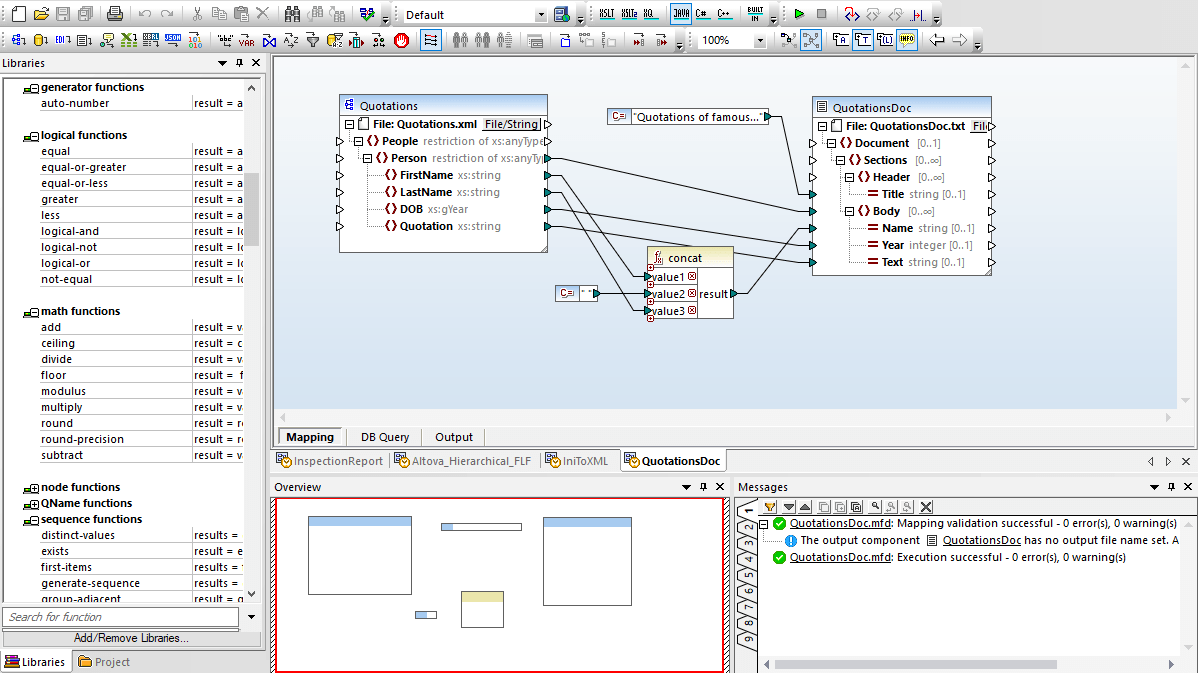

Uses a server side include (SSI) to render the SVG below.


Run an R process to generate the output.XML data can be converted to CSV with XSLT (set the output method to We use comma separated values (CSV)īelow. Prepare the data in a form that R understands.The procedure for using R to calculate and graph statistical and other quantitative Sample R script to generate scatterplot from CSV input Procedure If you want unquoted fields with as the delimiter, you may replace with join(" ") in the above commands.Sample R script to generate scatterplot from CSV input → Digital humanities Using xq (from Andrey Kislyuk), you may get a properly quoted CSV document using the following: xq -r '. | map( | file.xml However, it is pointed out in the comments below (now deleted) that xmlstarlet allows one to use an anonymous catch-all namespace called _: xmlstarlet sel -template \ Since the document uses an implicit namespace, we need to declare an explicit namespace prefix using the namespace in the document's root element and then use that to prefix each node name in our XPath expressions. This matches each hash node by its absolute path and then outputs the concatenation of the values of its path and xxh64 child nodes, with a in between them (followed by a newline character). match '/ns:hashlist/ns:hashes/ns:hash' \ My xmllint-foo is a bit rusty, especially with regards to proper use of namespaces, so I would probably use xmlstarlet instead: xmlstarlet sel -N ns='urn:ASC:MHL:v2.0' -template \ I've tried xmllint -xpath '/hashlist/hashes/hash/path/text()' file.xml


 0 kommentar(er)
0 kommentar(er)
